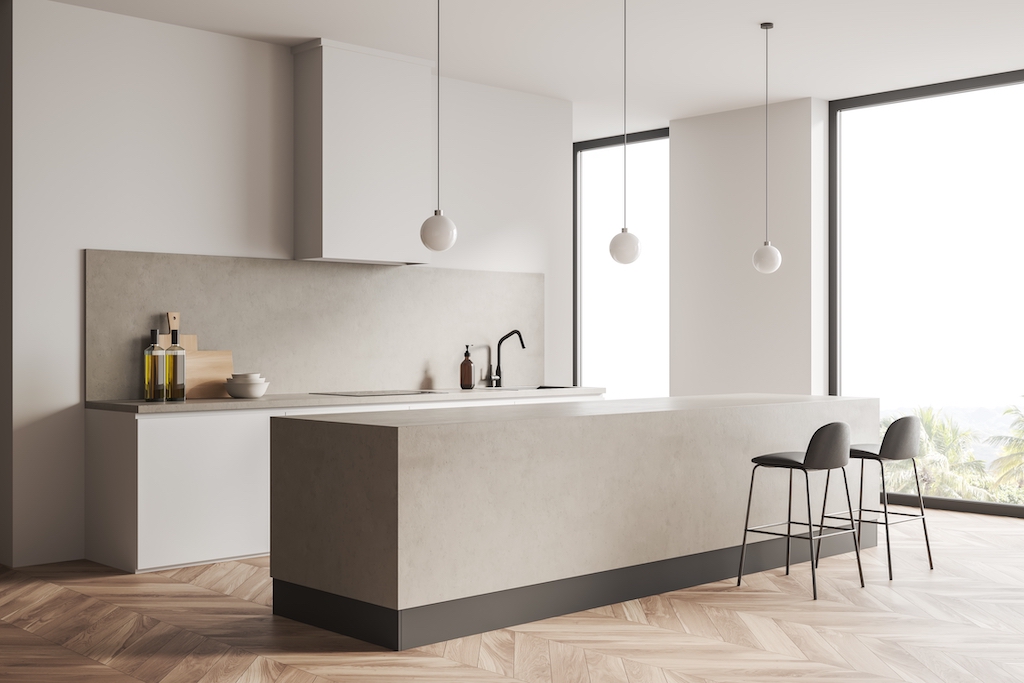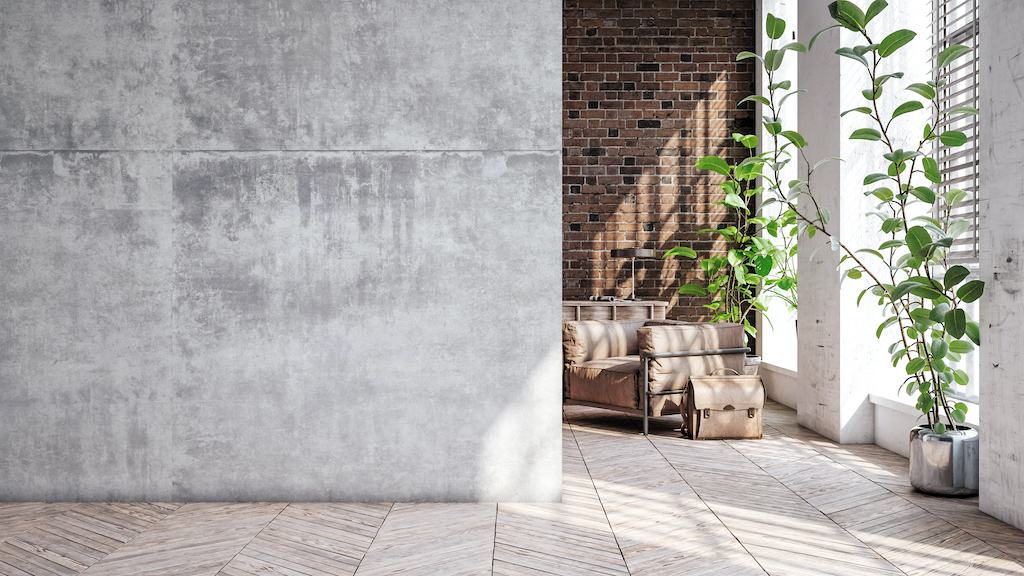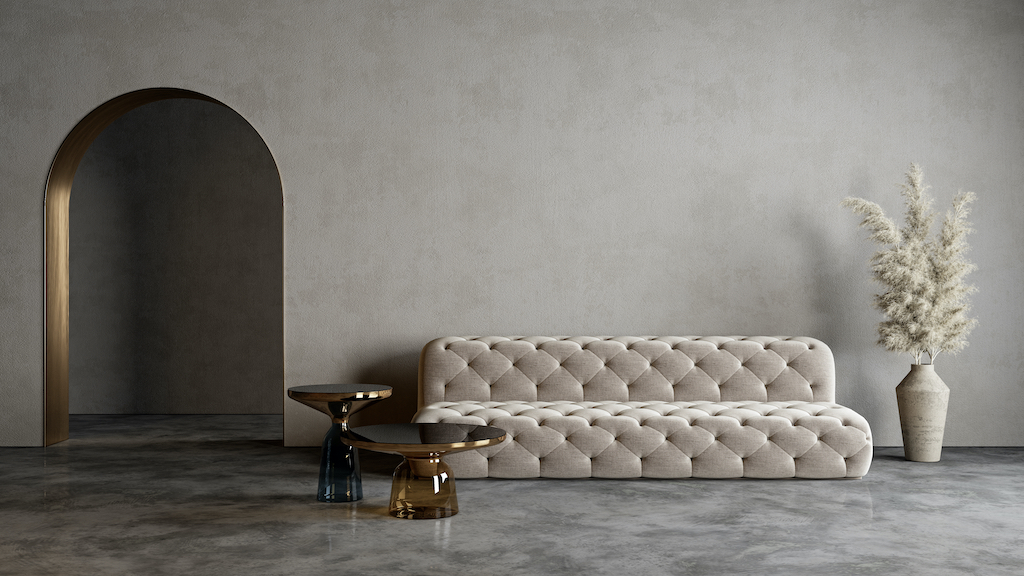In a world that often feels chaotic and overwhelming, many individuals seek solace in minimalist interior design. Minimalism is not merely an aesthetic choice; it is a lifestyle that champions simplicity, functionality, and a sense of calm. By eliminating clutter and focusing on essential elements, minimalist design offers a refreshing and serene environment.

Here are the key features that define minimalist interior design.
Clean Lines and Simplified Forms
At the core of minimalist design lies an emphasis on clean lines and simplified forms. Furniture and architectural elements are stripped down to their essential shapes, devoid of unnecessary embellishments or intricate details. The simplicity of these lines creates an atmosphere of clarity and order, promoting a sense of tranquility within a space.
Neutral Color Palette
Minimalist interiors typically favor a neutral color palette, characterized by hues such as white, beige, gray, and earth tones. These colors provide a timeless and understated backdrop that allows other design elements to take center stage. The absence of vibrant colors contributes to a calming ambiance and ensures that attention is drawn to the form and function of the space rather than its visual distractions.

Decluttered and Open Spaces
One of the fundamental principles of minimalist design is decluttering. Unnecessary items are eliminated, leaving only the essentials. The focus is on creating an open and uncluttered space that promotes a sense of freedom and tranquility. Furniture and objects are thoughtfully curated and arranged, ensuring that each piece serves a purpose and contributes to the overall harmony of the space.
Natural Light and Simple Window Treatments
Minimalist interiors embrace natural light as a key element. Large windows are often incorporated to allow ample daylight to fill the space, creating a sense of openness and connection with the outside world. Simple window treatments, such as sheer curtains or blinds, are preferred to maintain the clean lines and to maximize the entry of natural light.
Functional and Thoughtful Furniture
Minimalist design places a strong emphasis on functional furniture. Each piece is carefully chosen for its purpose and utility, rather than for ornamental value alone. Multifunctional furniture is highly favored, as it maximizes space and minimizes clutter. Clean and simple designs with a focus on practicality and comfort take precedence over intricate and decorative details.

Minimal Use of Accessories
Minimalism encourages restraint when it comes to accessories. Instead of displaying numerous decorative items, minimalist interiors often feature a few carefully selected and meaningful pieces. These accessories serve as focal points and are given space to shine. The goal is to create a sense of balance and visual calm, avoiding visual overload.
Embracing Textures and Materials
While minimalist design celebrates simplicity, it doesn't mean spaces need to be devoid of texture or material variety. Incorporating natural textures like wood, stone, or concrete can add warmth and depth to a minimalist space. These materials are often used in their raw or untreated forms to highlight their innate beauty and create a tactile experience within the space.





